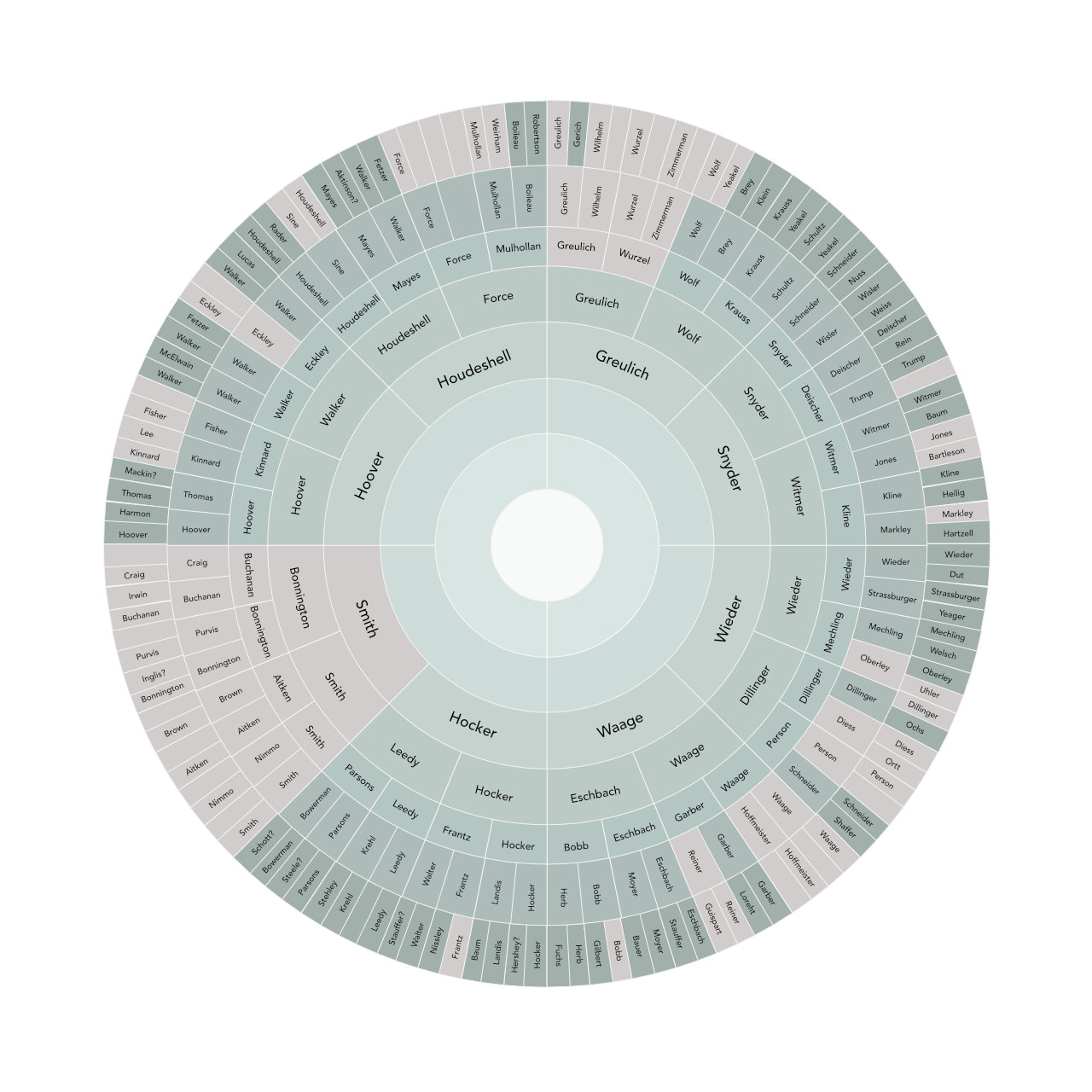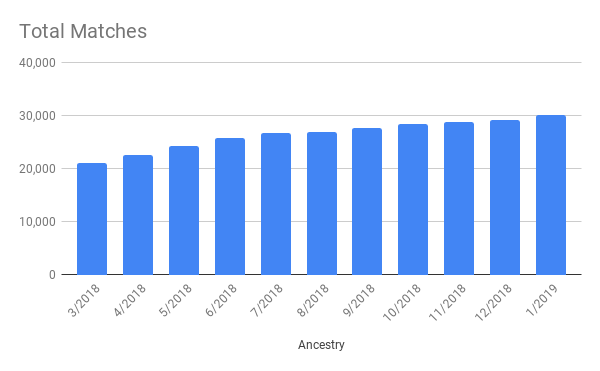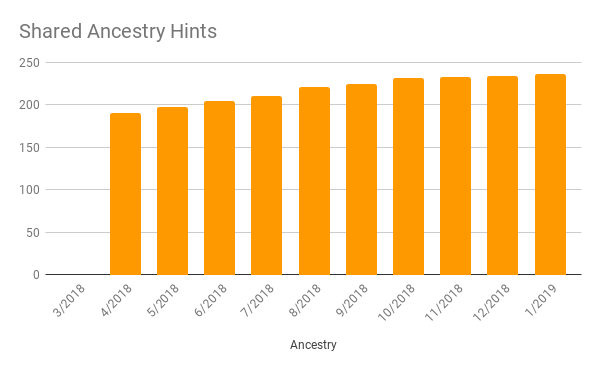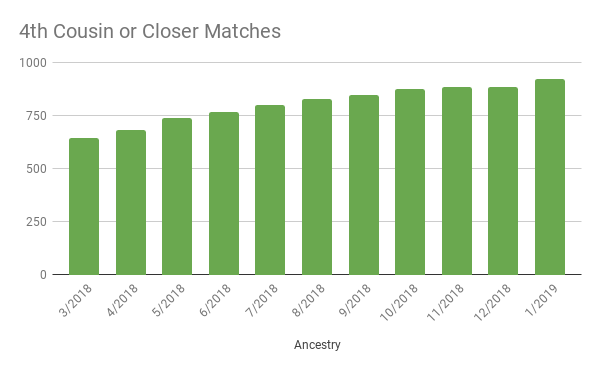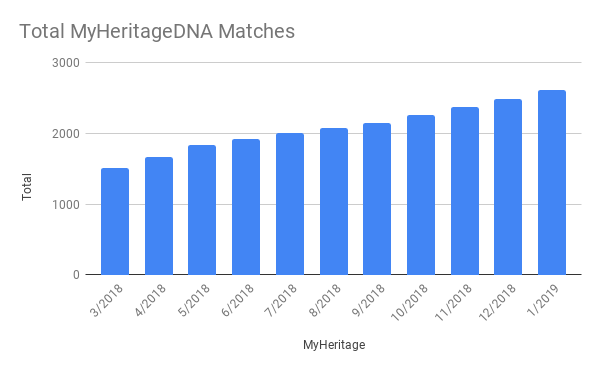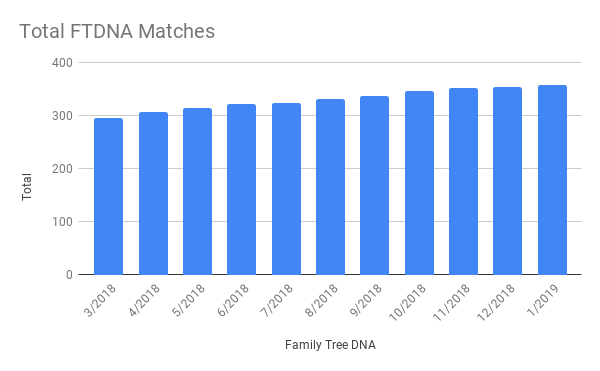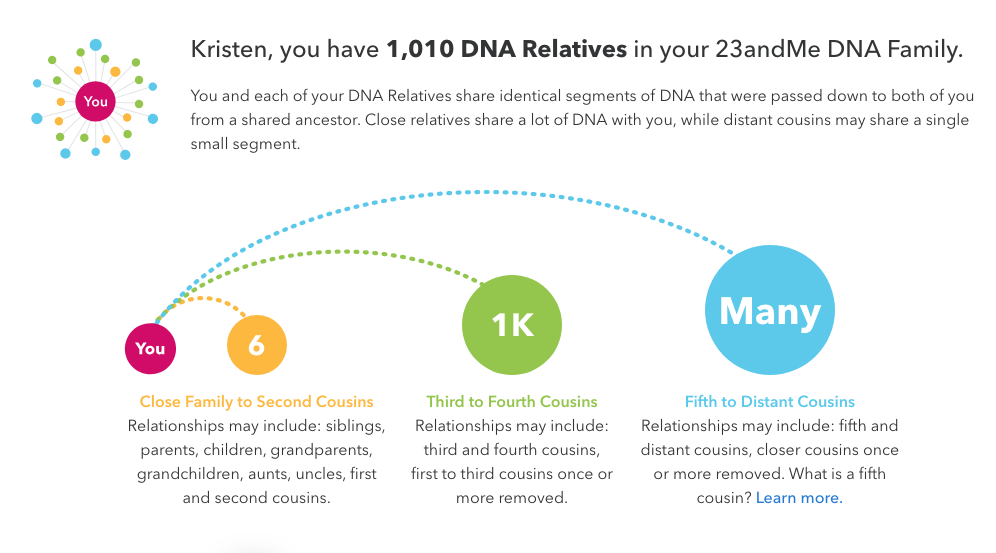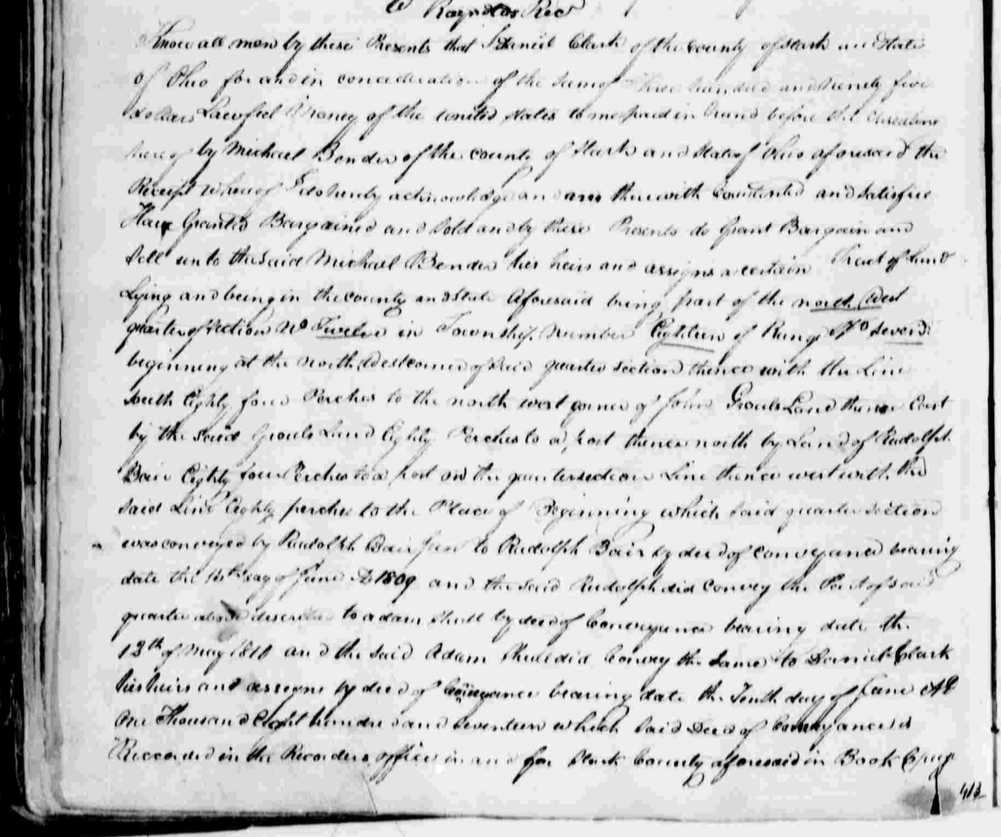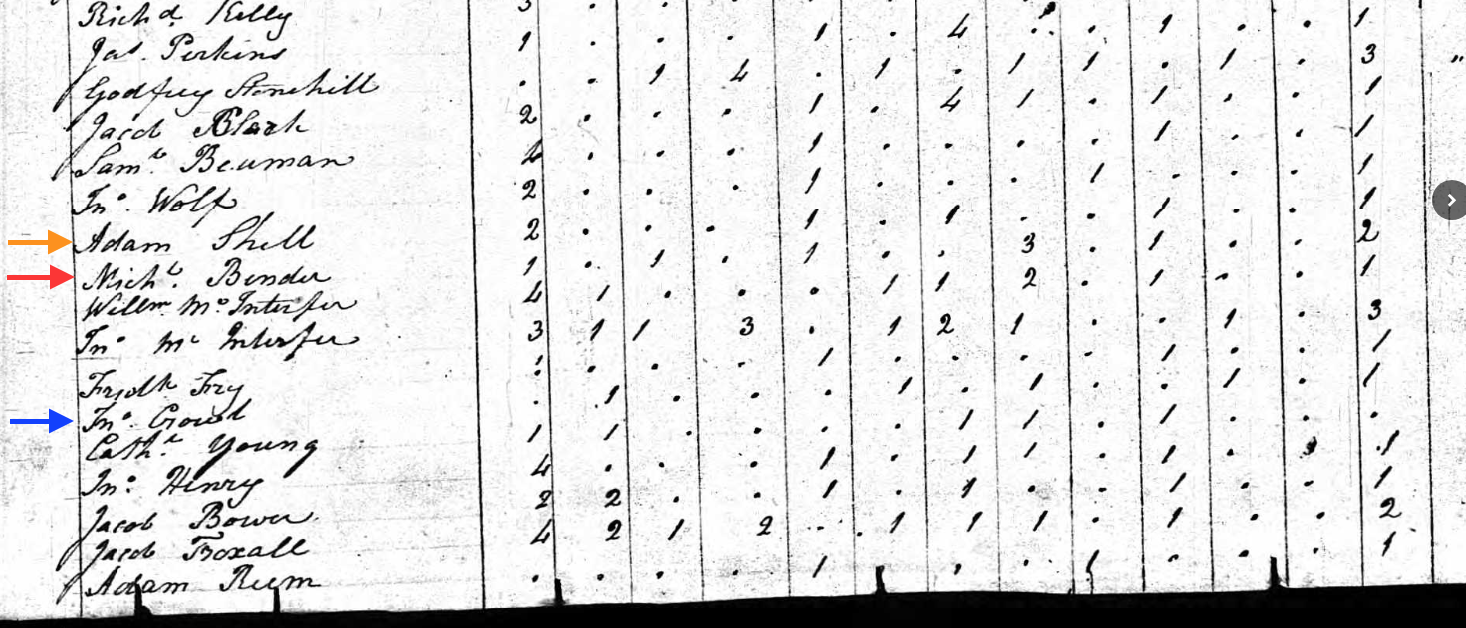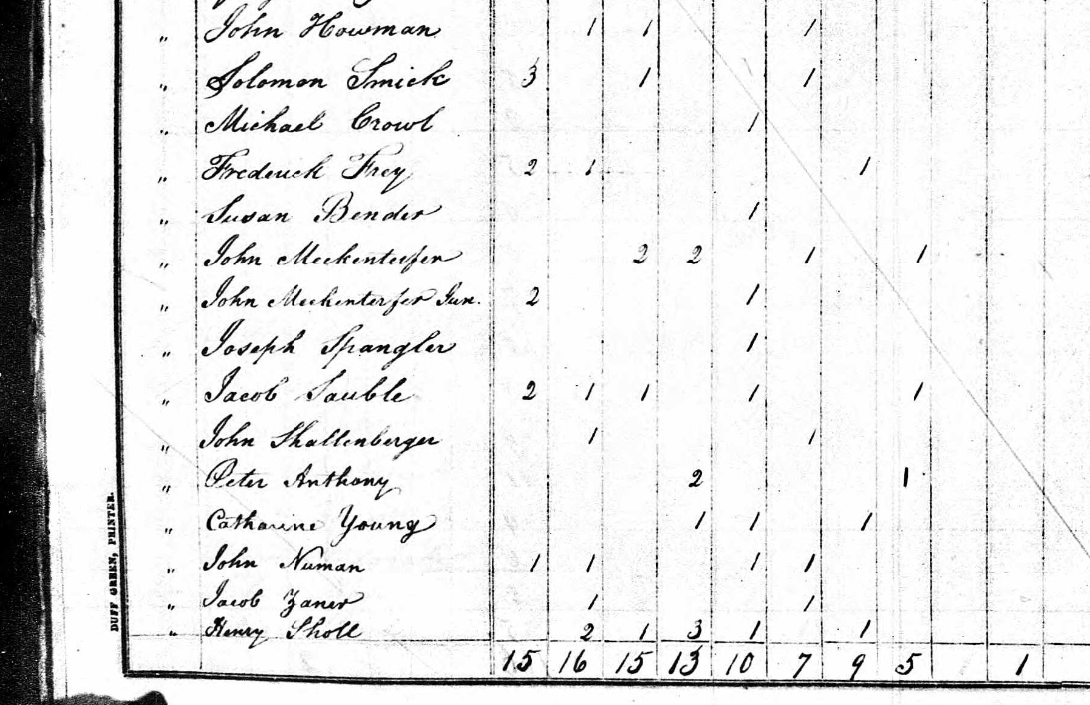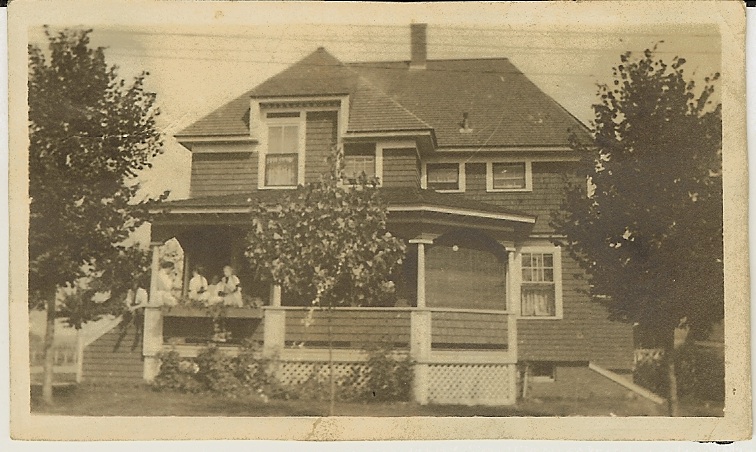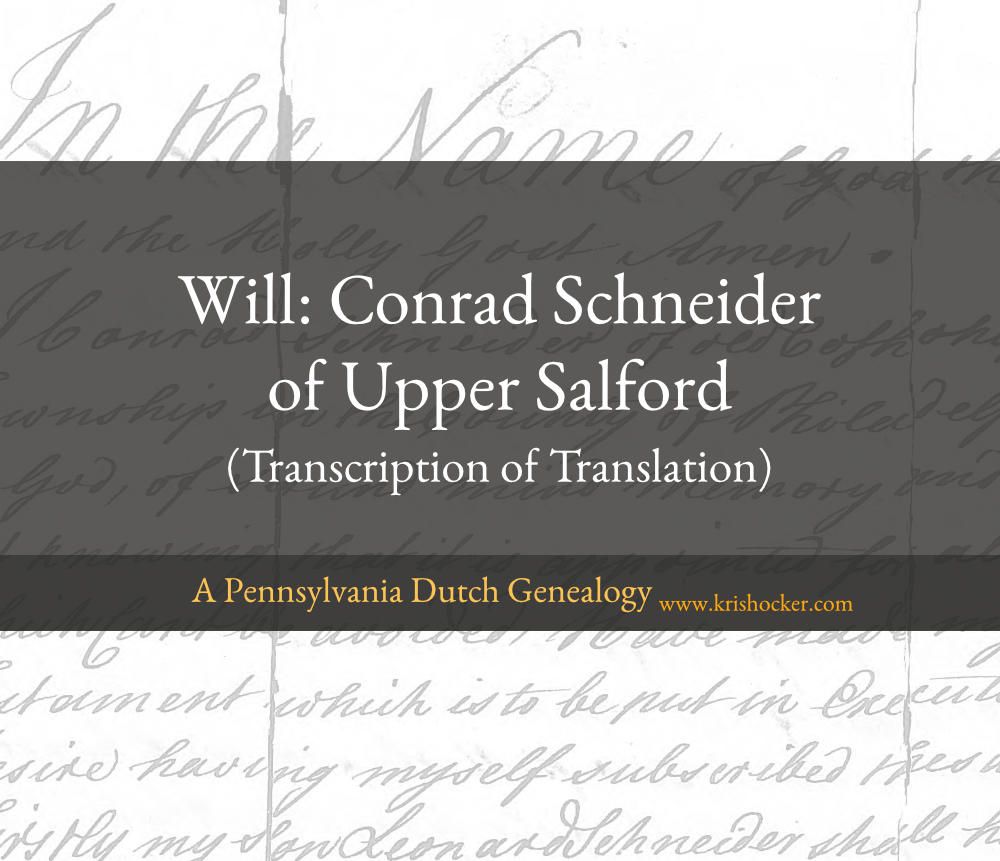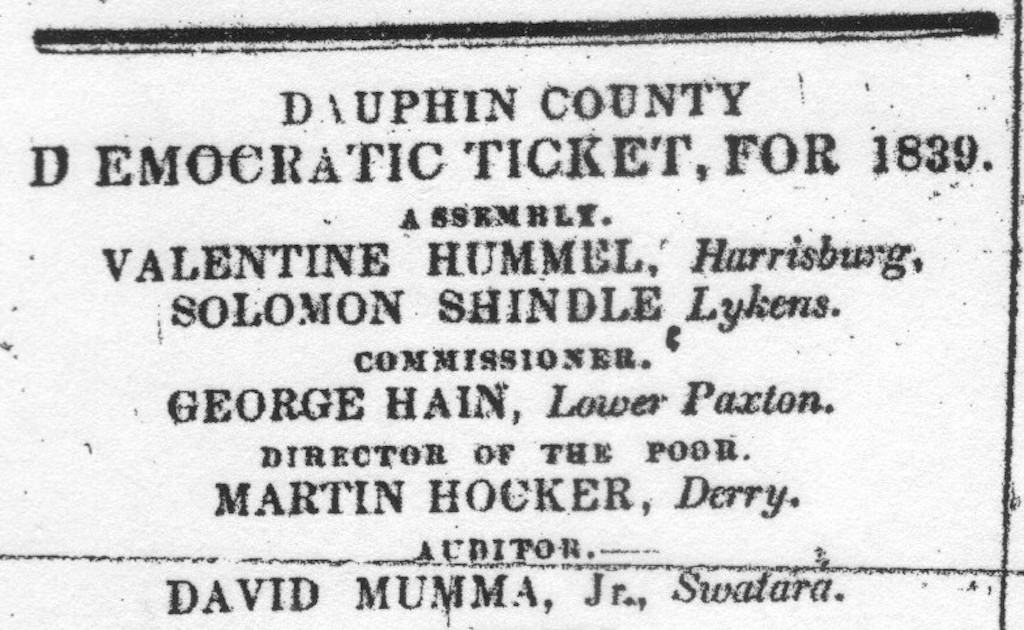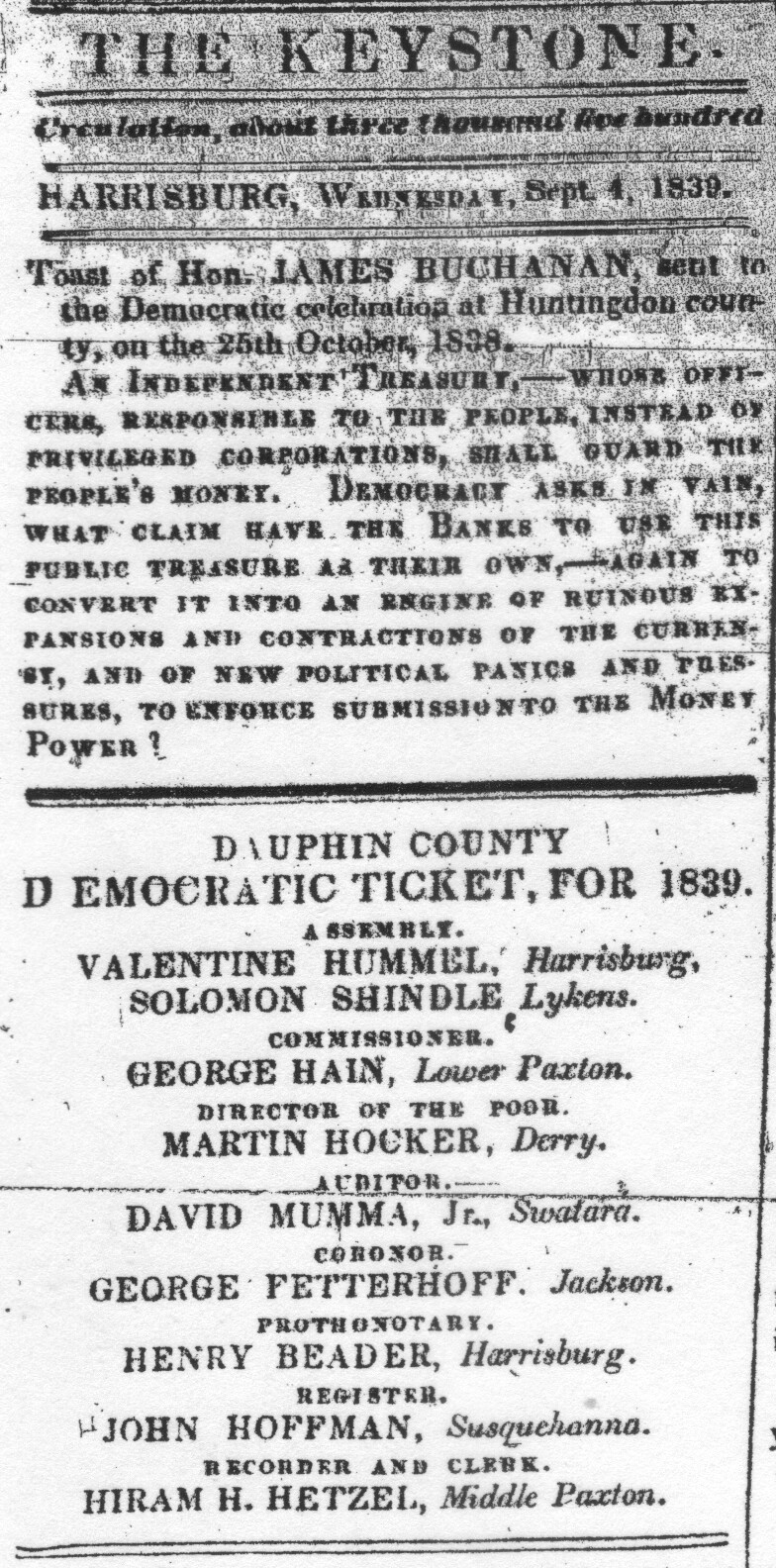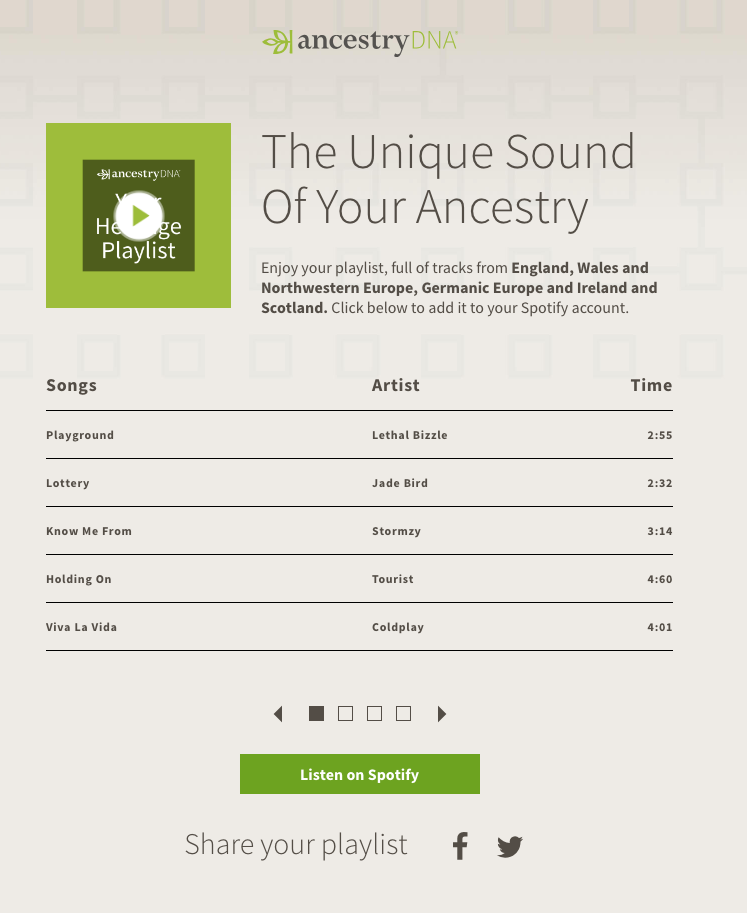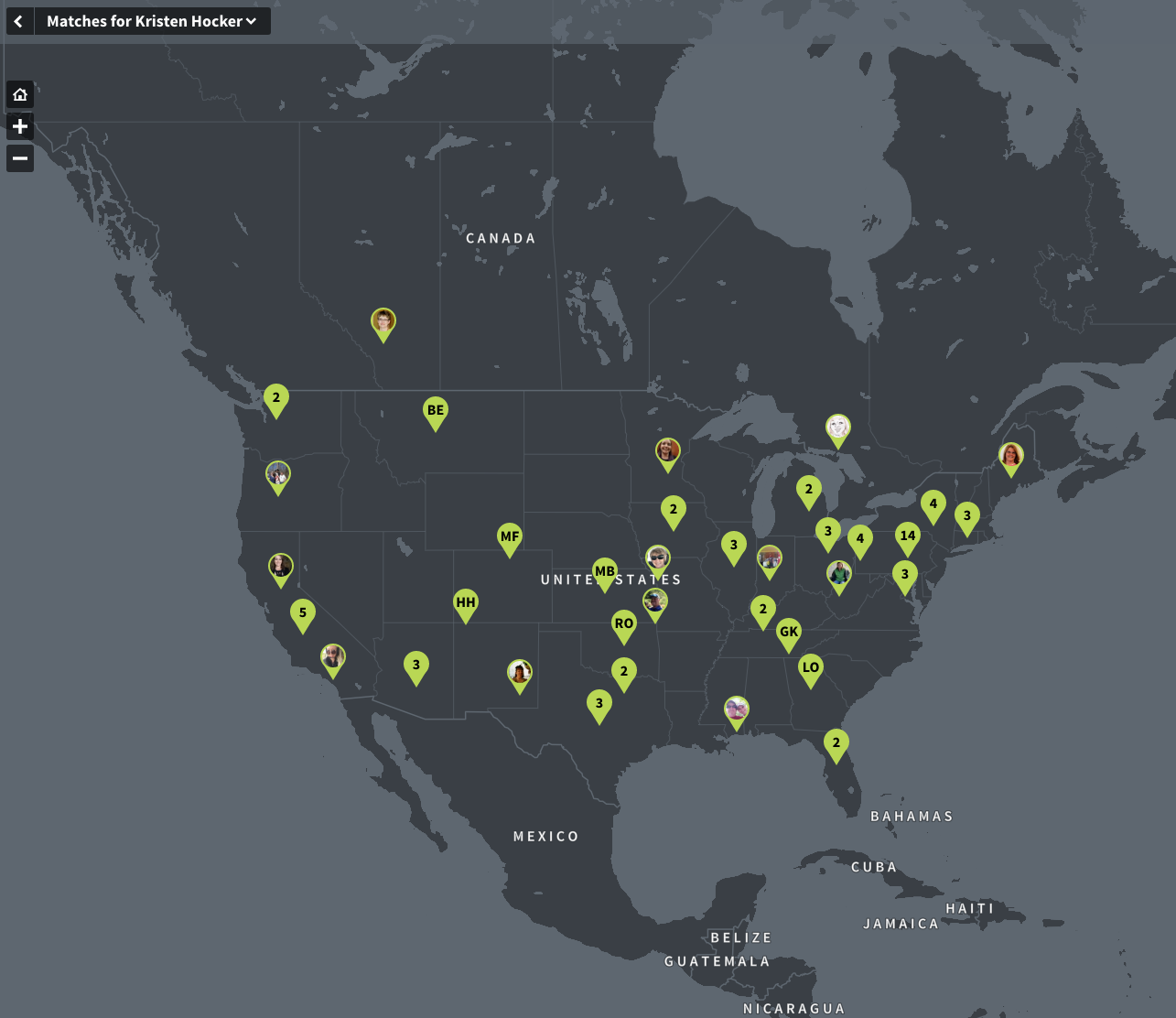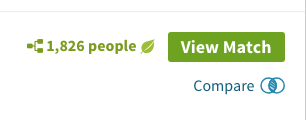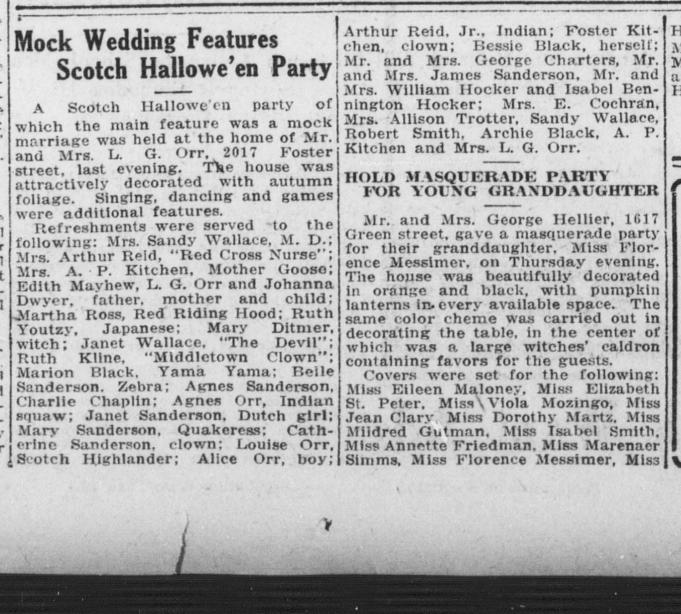If Eva Catharina (Schneider) Bender’s son Michael didn’t die in Adams County, Pennsylvania in 1835 or 1850 as I suggest in my previous post, what happened to him? There are several possibilities.
- He died in Adams County, but Ancestry, FamilySearch and Find a Grave don’t have a record of it
- He died in Adams County, but record of his death is not online
- He died somewhere other than Adams County
If there’s no record of his death online—and it’s likely there isn’t as most existing records are not online—then I’ll have to find another way to find out what happened to him.
Stark County, Ohio
Fortunately, a family researcher posted a couple deed extracts to their entry in an Ancestry Family Tree for Michael’s alleged son Daniel that point the way. According to the deed extracts, Daniel Bender of Plain Township, Stark County, Ohio sold his eighth interest in a tract of land formerly owned by Michael Bender, deceased, to Jonas Bender on 13 January 1832.
How can we tell whether or not this is the same person?
Based on the baptismal records from Benders Church, I know Michael and Susanna had a son Daniel born 4 June 1798 and baptized 19 August 1798. Daniel Bender of Plain Township died 23 March 1868 and was buried in Harry Warstler Cemetery, in Plain Township. According to his gravestone, he was 69 years 9 months and 19 days old. If I use his date of death and age from the tombstone to calculate his birth date, the result is 4 June 1798. A perfect match.
The second abstract indicates that Michael Bender purchased the land on 31 March 1818 from Daniel Clark. The land was originally patented by Rudolph Bair Jr., assignee of Rudolph Bair Sr. It passed through several hands before Michael Bender purchased it, including: Rudolph Bair, Adam Shull, and Daniel Clark, who sold it to Michael. According to the deed, it adjoined land of John Groul and Rudolph Bair.
This tract was in the northwest corner of section 12, township 18, range 7, placing it in eastern Osnaburg Township in Stark County. As one would expect, Michael Bender is listed in the 1820 census enumeration for Osnaburg. He was taxed on the 42 acres from 1820 through 1831 when the listing reads “Michael Bender heirs.” Based on these records, Michael most likely died in Osnaburg Township sometime prior to 1831.
However, he is not included as a head of household in the 1830 census. Instead, Susan Bender appears in the list among Michael’s neighbors from the 1820 census. This leads me to believe that Michael likely died sometime prior to 1830, most likely in 1829. The tax list for that year includes a listing for Michael, showing tax on 42 acres, and right below it Susanna Bender and Jonas Bender, who were both taxed on personal property—2 horses (Jonas) & 2 cattle (Susanna). Michael Bender was taxed on 2 horses and 2 cattle in 1828, in addition to his real estate.
Jonas Bender—“one of the legal heirs & representatives of Michael Bender”—and wife Polly sold his eighth part claim and that eighth part of Michael’s property he purchased from Daniel Bender to Peter Anthony on 10 July 1837. Based on this, it appears Jonas was likely one of the children—and eight heirs—of Michael Bender.
Susanna Bender most likely died sometime after 1842. She was once again the head of household on the 1840 census. On 28 April 1842, she completed articles of agreement with Henry A. Shull, giving him all her property at her death in exchange for agreeing to “keep the said Susan Bender widow during her life in health and sickness comfort her in clothing and in all other necessaries of life as she requires it and at her death burying her a deasant [sic] cristian like manner.” Henry A. Shull was apparently married to Anna Eliza Weaver, daughter of Henry and Susanna (Bender) Weaver. They married on 4 February 1841 in Stark County. He purchased land in Richland Township, DeKalb County in 1844, so it’s possible Susanna died sometime between 1842 and 1844.
Other Family Members?
What other evidence can we find in Stark County that indicates that this family is the family of Michael Bender and Susanna Schmoyer? There were several other Benders in the area.
A Samuel Bender, born 1776-1794, was enumerated in Plain Township in the 1820 census and Marlboro Township in the 1830 census. Michael and Susanna’s son Samuel was born on 21 June 1791, so he’s a potential match.
Rachel (Bender) Smith, wife of Benjamin Smith, like Daniel Bender, was buried in Henry Warstler Cemetery. According to her gravestone, she was born 4 November 1802 and died 20 June 1884, aged 81 years 7 months and 16 days. Her birthdate matches that of Michael and Susanna’s daughter Rachel from Bender’s Church records.
Susanna Weaver and Benjamin and Rachel (Bender) Smith all sold their shares of Michael Bender’s 42 acres to Peter Anthony on 12 November 1836. This indicates that Michael had another child, Susanna who married a Weaver. A Susanna Bender, most likely this one, married Henry Weaver on 23 January 1821 in Stark County. It was their son-in-law, Henry A. Shull, who completed articles of agreement in 1842 with Susanna (Schmoyer) Bender to care for her until she died.
Conclusions
Daniel Bender and Rachel (Bender) Smith, who both have birthdates matching those of children of Michael and Susanna (Schmoyer) Bender, were living in Stark County and as “legal heirs & representatives of Michael Bender” sold their shares of his property in Osnaburg Township after 1830.
Susanna Bender, a widow, appears in tax and census records in Osnaburg around the time of Michael’s presumed death and is connected to the son-in-law of one of Michael’s heirs through articles of agreement formed in 1842. These records are consistent with Susanna being Michael’s widow.
I don’t have explicit, direct evidence that Michael, son of Eva Catharina (Schneider) Bender, was the man who died in Osnaburg Township, Stark County, Ohio circa 1829. But there is consistent, circumstantial evidence suggesting that this is the case.
Hopefully, continued research will determine what happened to the rest of his children.

